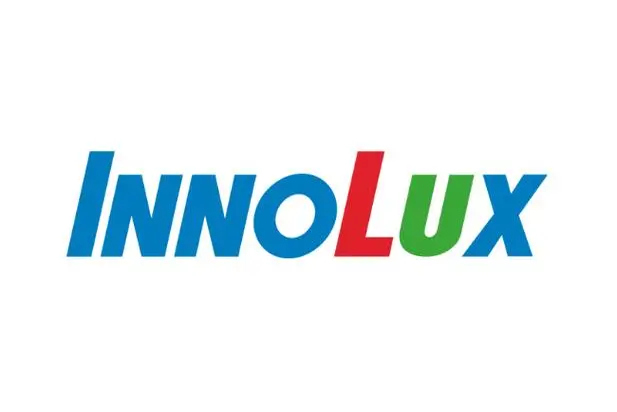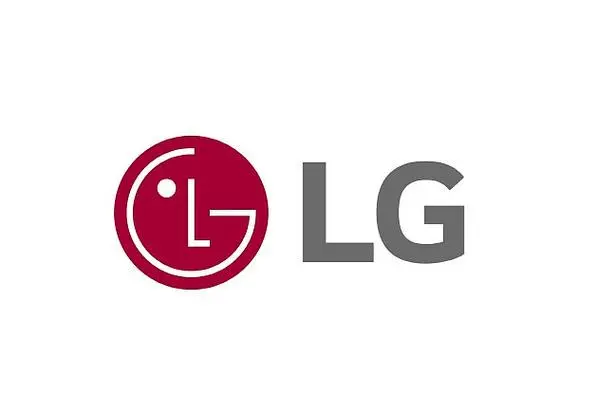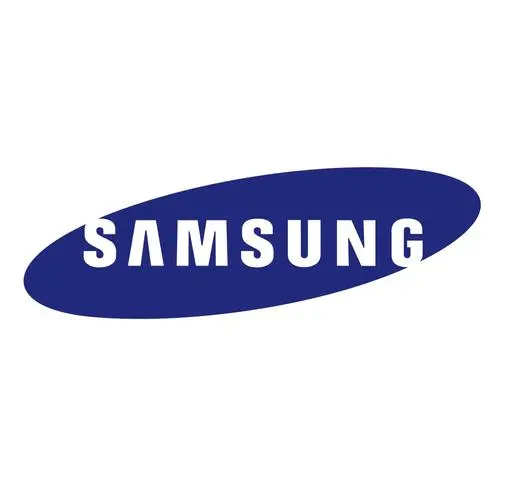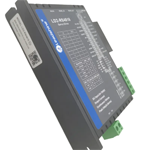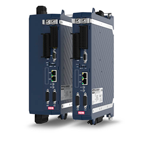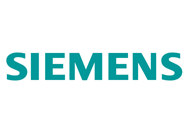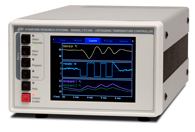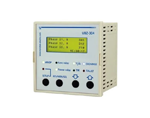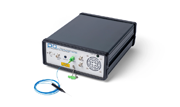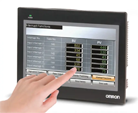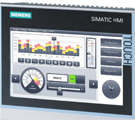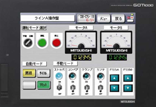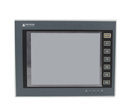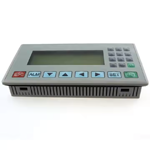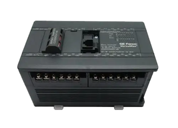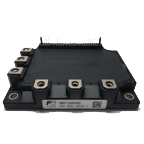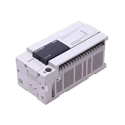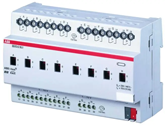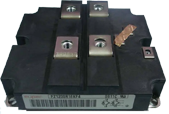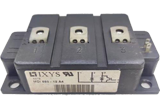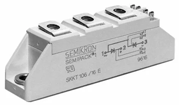From November last year to January this year, the panel industry's capacity utilization rate has been continuously adjusted upward, and strong market demand has driven up panel prices. On February 5, the latest survey data released by TrendForce Consulting (Shenzhen) Co., Ltd. (hereinafter referred to as "TrendForce") showed that the prices of full-size TV panels are expected to continue to rise in February this year.The LCD competition landscape continues to improve, continuing last year's prosperity trend. At the same time, with the development of AI-side applications, displays are ubiquitous, and the industry is showing new trends. In the future, high-end new display products such as OLED (organic light-emitting diode display) used in folding screens and near-eye displays will further open up space for industry growth.Market sentiment is optimisticAccording to data from TrendForce, the average price of 65-inch TV panels is expected to be US$175 in February, up US$1 from January and a month-on-month increase of 0.6%. The average price of 55-inch TV panels is expected to be US$126, up US$1 from January and up 0.8% month-on-month. The average price of 43-inch TV panels is expected to be US$65, up US$1 from January and up 1.6% month-on-month. The average price of 32-inch TV panels is expected to be US$35.5, up US$0.5 from January and up 1.4% month-on-month. Prices of monitor panels and notebook panels of all sizes are expected to remain stable.After three consecutive months of sideways movement, the average price of 65-inch TV panels started to rise in January this year. In October, November and December 2024, the average price of 65-inch TV panels was US$171. It rose to US$174 in January this year, and the average price is expected to continue to rise in February.The market outlook is optimistic in the future. “For TV panels, prices are expected to rise as demand continues to be strong. For monitor panels, demand is expected to strengthen month by month after February, and overall shipments in the first quarter of this year are expected to grow by 0.5% compared to the fourth quarter of last year,” said Fan Boyue, deputy general manager of TrendForce.From "lack of chips and screens" to "a flood of good screens", from "mainly relying on imports" to "dominating the global supply chain", my country's panel industry has achieved a transformation from following, running side by side to leading in the past decade. Currently, panel companies in mainland China have occupied a major share of the global LCD market.In the past, LCD prices have experienced dramatic ups and downs in cyclical fluctuations. It is understood that starting from June 2022, panel manufacturers in mainland China began to actively lower their utilization rates, and "production on demand and dynamic production control" became a consensus, and the cyclicality and volatility of panel prices have weakened. In the future, LCD price fluctuations are expected to become more stable, which will be beneficial to the development of the industry.OLED becomes a new focus of competitionJudging from the 2024 performance forecasts already disclosed by BOE Technology Group Co., Ltd. and TCL Technology Group Co., Ltd. (hereinafter referred to as "TCL Technology"), with the improvement of LCD supply and demand relations, the display business of the two major panel leaders has achieved considerable profits. At the same time, my country's panel companies have seized the new market trends and increased their layout in the field of high-end new displays. The growth space for the OLED business of many listed companies has gradually opened up.Not only did TCL Technology launch its first mass-produced printed OLED product last year, but its revenue and shipments in the OLED business in the first three quarters of 2024 also achieved significant year-on-year growth. A relevant person in charge of TCL Technology said that the company is firmly implementing the high-end strategy and carrying out joint research and development with brand customers. Technologies such as the folding and ultra-narrow bezel of flexible OLEDs have reached industry-leading levels, and the proportion of high-end product shipments has steadily increased.Tianma Microelectronics Co., Ltd. continued to optimize its mobile phone display business structure in the first three quarters of 2024. Among them, the revenue of TM17 flexible AMOLED mobile phone display business accounted for more than 20%, an increase of more than 25% year-on-year. The company said that with the further release of high-end production capacity such as folding screens, the company will increase the proportion of high-end products and continuously improve product competitiveness.Visionox Technology Co., Ltd. focuses on OLED small-size and medium-size display devices and Micro LED products, and its application areas include smartphones, smart wearables, tablets, laptops, and car displays. In 2024, the company strengthened lean management, optimized the supply chain system, and strengthened innovative cooperation with upstream and downstream of the industrial chain, so that the gross profit margin of OLED products increased by more than 30 percentage points compared with the same period last year. Through years of R&D investment, the company has a number of technical patent families with independent intellectual property rights in the latest key technologies, processes, and materials, achieving independent control and further strengthening its core competitiveness.High-end new display technologies such as OLED will be the focus of competition among the world's leading panel companies in the future. Currently, OLED technology has been widely used in smartphone products. As the technology matures further, it is expected to be applied not only to large-size screens, but also to accelerate its popularization in rollable TVs, folding screens and near-eye displays. High-end new display technologies such as OLED have wide application in consumer electronics, smart home and other fields, and will become an important growth point for the panel industry.




